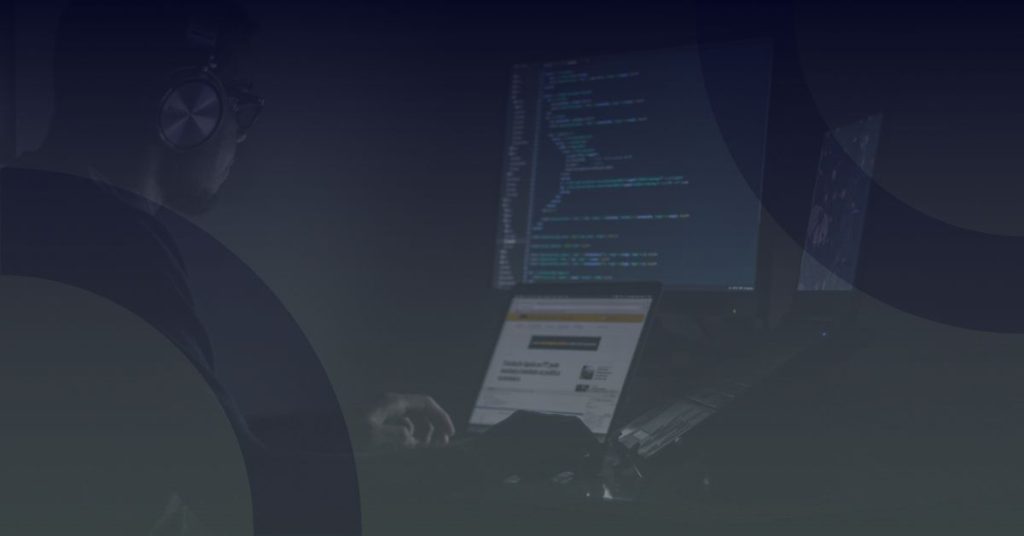With ransomware attacks becoming more frequent, it’s never been more important for businesses to be prepared. So does your organisation have what it takes to keep critical files safe & secure?
Up until fairly recently, the number of ransomware attacks on businesses had fortunately remained somewhat stable. But in 2023, a ‘worrying resurgence in ransomware’ was noted, with a 27% year-on-year increase in the number of organisations falling victim to an attack.
But what does all this mean for you?
Well, if you didn’t already know, ransomware is a form of malicious software that can stop you from accessing your business-critical files and data. The software is often unwittingly downloaded onto a device (e.g. through a clever phishing email), encrypting data so it’s completely useless. The criminals behind the attack demand payment of a ransom for the organisation to regain access to the data.
And of course, this can be a huge issue.
Without access to your crucial files and data, you may struggle to operate as normal, potentially losing out on sales, and failing to seal the deal with new prospects. Your reputation may take a pretty big hit. And, if you choose to pay the ransom, you could end up in some major financial trouble.
Don’t let that happen to your business. We’re here to help.
Why ransomware attacks are increasing
Prior to 2023, the number of ransomware attacks on businesses was staying pretty level. So what’s been happening to cause such a sharp rise over the past year? It seems there’s no one definitive cause. Instead, it’s down to a number of factors all coming together; a ‘perfect storm’.
Increasing capabilities of AI
As artificial intelligence tools have entered into mainstream operation, there is a growing opportunity for them to be used with malicious intent, helping criminals to automate attacks. James Babbage, Director General for Threats at the National Crime Agency, states that we all need to be aware of ‘advancements in AI and the exploitation of this technology by cybercriminals’.
Expanding attack surfaces
Think about how many devices you use on a daily basis. And more importantly, how many of those devices are connected to each other, and to other technologies. It’s always growing. From a cybercriminal standpoint, this is great. It means more opportunities to gain access to networks, and more devices to try and infect. From a business perspective, of course, it’s yet another security hazard.
Knowledge gaps
Organisations are investing a lot in new technologies. Yet at the same time, they’re facing a global talent shortage, which means their IT & digital teams aren’t as strong as they need to be. This is resulting in issues that may appear minor – eg. suboptimal configurations – but can have major consequences. Criminals are seeking out vulnerabilities, and using them to their advantage.
Overconfidence
Some businesses are becoming overly confident in their security posture. For example, organisations are doubling down on backups, then falsely believing they’re immune. After all, if data is encrypted during an attack, they have backups to rely on. What they don’t know is that more and more attacks are extracting data, not just encrypting it, with the potential for it to be sold to the highest bidders.
What you can do
The good news is that you don’t have to just sit back and watch as your risk grows. Instead, you can take a few measures to ensure that you’re doing as much as you can to minimise the risk.
Here are 3 straightforward ways to get started:
1. Focus on early detection
Worryingly, attacks are becoming quicker to execute, with the average time dropping from 60 days in 2019 to just 4 days today. This means companies really need to be identifying potential threats as soon as possible. The best way to do this is through security awareness training. This can teach staff about the earliest signs of an attack, such as unexpected and unusual changes to file names.
2. Bridge your gaps
Many businesses have in-house IT and digital teams, but there are often a few gaps. Especially when it comes to security. Bridging these gaps by using an outsourced service – such as Security Operations Centre (SOC) as a Service – can ensure you’re remaining secure and doing all the right things, at the right time. This addresses two of the biggest concerns today: lack of knowledge, and overconfidence.
3. Know your weaknesses
There are many ways that businesses can improve their security posture. Knowing what’s best for you means understanding where your own individual weaknesses lie. These weaknesses can be revealed by using tools that put your business under a safe, simulated attack. Ransomware simulators are designed to mimic real infection scenarios, highlighting vulnerabilities in different workstations and devices.
The rise in ransomware attacks is certainly a concern. But here at Reliable, we believe that as attack frequency grows, so does our ability to thwart threats. If you’d like advice, support, and guidance for staying safe in this high-risk landscape, give us a call. We’d be happy to talk things through with you.





